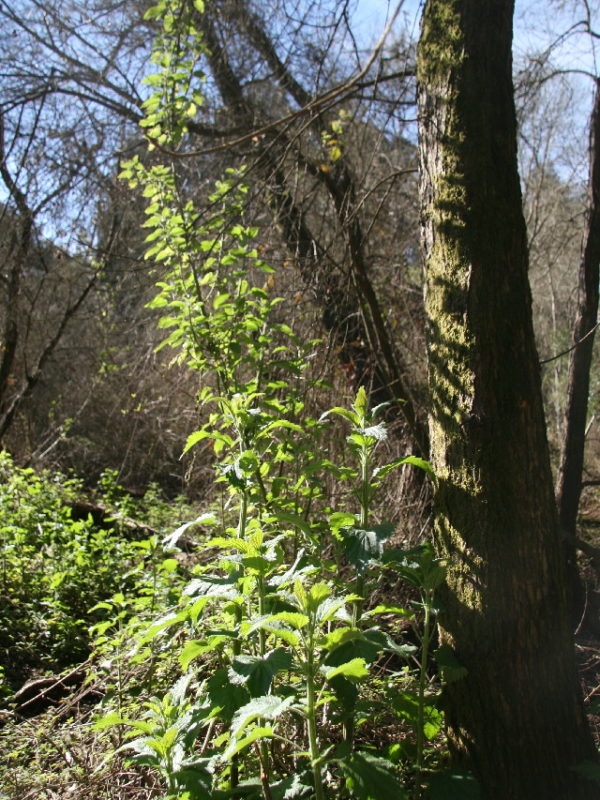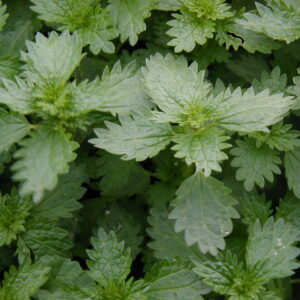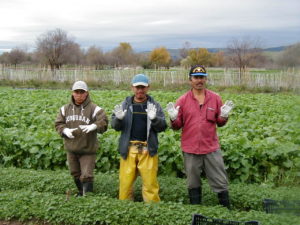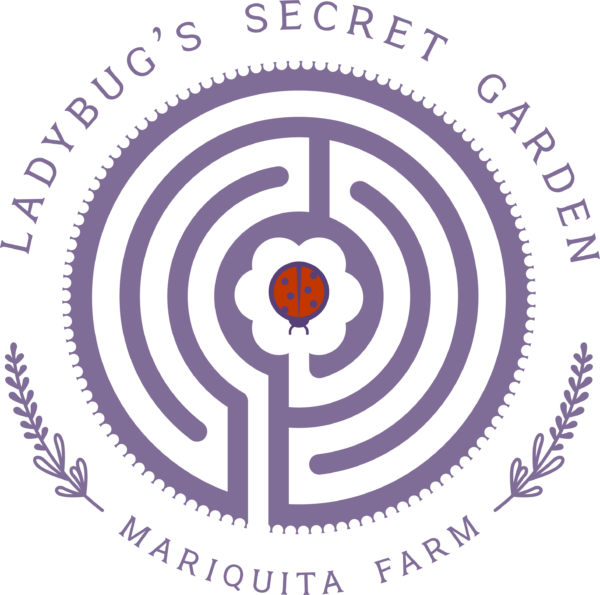A Different Type of Sting!

 Garden nettles “belong” in the garden; they’re only weeds when or where I don’t want them growing. Sometimes when I have a nice patch of tender, garden nettles I’ll harvest and sell them to the folks that know these “weeds” were brought to California by Italian immigrants who grew them as cooking greens. Garden nettles are excellent used, like spinach, to make savory green sauces or winter-time ravioli fillings. Steep a pinch of garden nettles in hot water and you’ll have a soothing glass of herbal tea in minutes.
Garden nettles “belong” in the garden; they’re only weeds when or where I don’t want them growing. Sometimes when I have a nice patch of tender, garden nettles I’ll harvest and sell them to the folks that know these “weeds” were brought to California by Italian immigrants who grew them as cooking greens. Garden nettles are excellent used, like spinach, to make savory green sauces or winter-time ravioli fillings. Steep a pinch of garden nettles in hot water and you’ll have a soothing glass of herbal tea in minutes.One day at the Farmers Market a frequent market shopper breezed past the sign I’d posted at the back of my stall that read “BEWARE- STINGING NETTLES. USE TONGS TO HANDLE!” She thrust her hands into the fresh nettles and then let out a little squeak of pain. I stepped over to point to the sign and hand her the tongs. “They’re not called ‘stinging nettles’ for nothing,” I said.
posted at the back of my stall that read “BEWARE- STINGING NETTLES. USE TONGS TO HANDLE!” She thrust her hands into the fresh nettles and then let out a little squeak of pain. I stepped over to point to the sign and hand her the tongs. “They’re not called ‘stinging nettles’ for nothing,” I said.
—© 2021 Essay by Andy Griffin.
~Special Note~
As the weather is getting warmer, the sun is rising earlier and the harvesting begins with the sunrise, we will be closing our East Bay/Peninsula shop by 6 PM on the Wednesday evenings before the Friday delivery. We close our San Francisco & Mystery Thursday shops on Wednesday mornings by 8 AM and our Santa Cruz/Los Gatos shop by 8 AM, on Monday mornings. Please get your orders in early so you don’t miss out on the harvest! Thank you all again for being such a part of our bountiful farm!
If you haven’t ordered a Mystery Box recently, now is a great time to get in on spring deliciousness! LadybugBuyingClub


